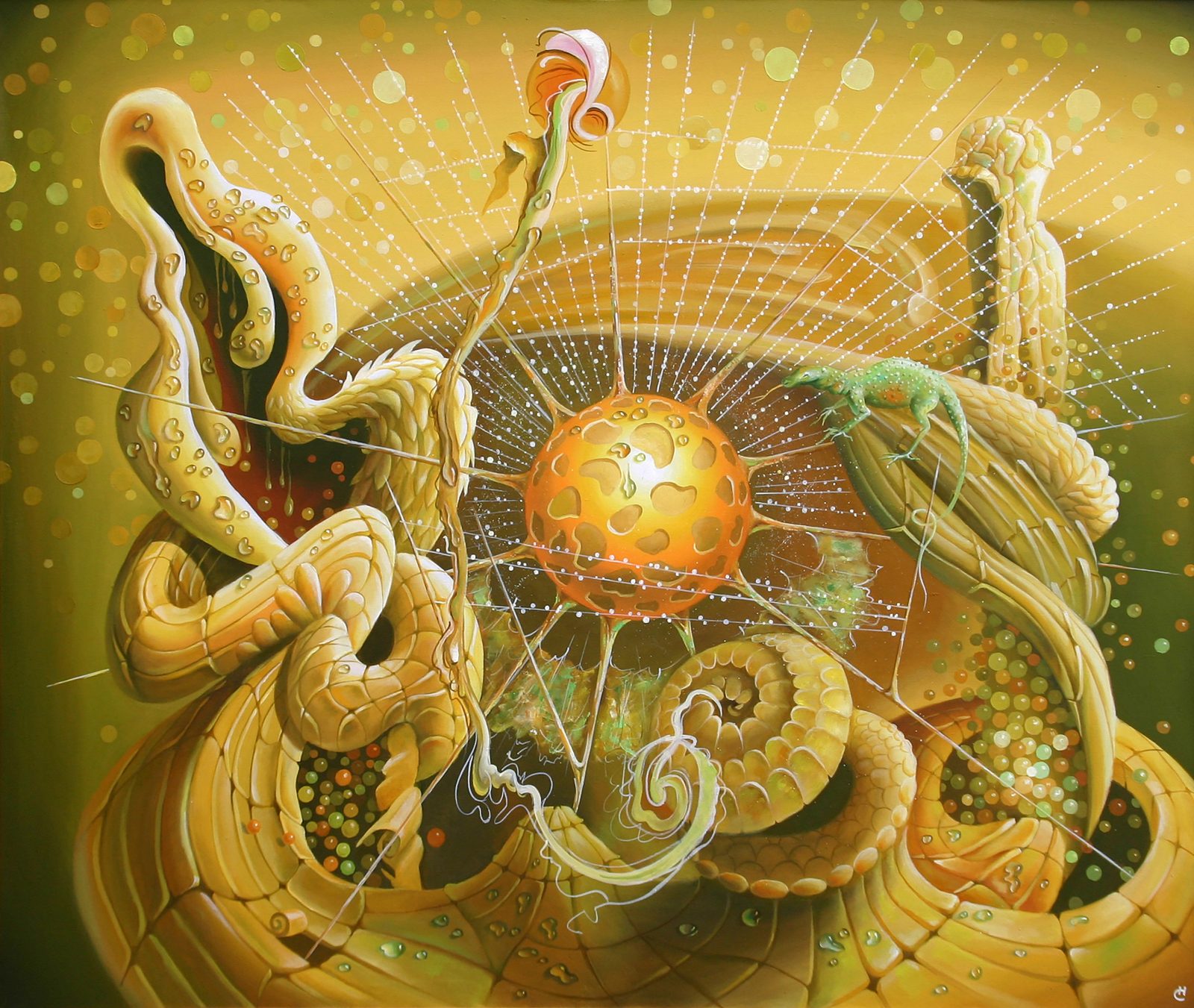


A New Flaw in the Miller-Urey Experiment, and a Few Old
On today’s ID the Future, biologist Jonathan Wells and host Eric Anderson discuss a recently discovered problem with the famous Miller-Urey experiment, long ballyhooed in biology textbooks as dramatic experimental evidence for the naturalistic origin of life. The newly uncovered problem involves the glassware used in the experiment. It is an interesting finding, but as Wells explains, it is far from the first problem discovered with the experiment, nor the most serious one. While biology textbooks often present the 1952 experiment by Stanley Miller and Harold Urey as a key icon of evolution, even those origin-of-life researchers who hope to one day to discover a credible naturalistic scenario for the origin of the first living cell concede that the experiment at the University of Chicago failed in crucial ways to mimic Earth’s early atmosphere, and fell short in multiple other ways. The various challenges, Wells explains, are each alone sufficient to elicit a healthy skepticism toward the whole prospect of a designer-free origin of the first living cell. For more in-depth analysis, check out Wells’s chapter in the 2020 revised and expanded The Mystery of Life’s Origin: The Continuing Controversy, along with the other chapters in the book.

RNA World in a World of Hurt
On this ID the Future, biophysicist Cornelius Hunter and host Eric Anderson discuss the RNA World hypothesis, an explanation for how the first self-reproducing organism might have arisen via mindless chemical processes. Hunter and Anderson have each written on the topic, and together they unpack some of the many and growing problems with this RNA-first explanation for the origin of life. They also spotlight some recent admissions in mainstream scientific publications that it’s time to move on from the cherished but embattled RNA World. The conversation pivots off of a recent essay by Hunter at Evolution News, “RNA World: Repeated Downfalls, Repeated Resurrections.” For more on the challenges of creating the first self-reproducing biological entity, see Eric Anderson’s Chapter 3 of Evolution and Intelligent Design in a Nutshell.